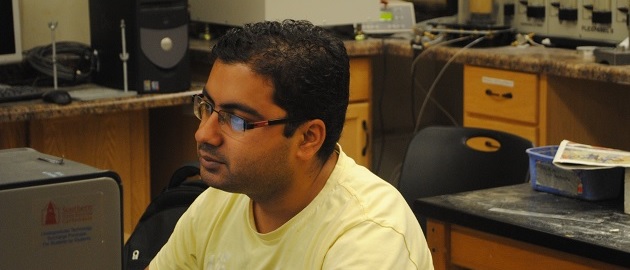
Soil Mechanics
Geotechnical Engineering is the study of applications of principles of soil and rock mechanics to real-world problems and is a relatively young field of Civil Engineering. Prof. Karl Terzaghi, who is referred to as the “Father of Soil Mechanics”, published the first book on soil mechanics in 1925.
Geotechnical engineers deal with the behavior of soils under static and dynamic loads, water seepage and contaminant flow in soils, and analysis and design of structures made with soils, foundations for all kind of structures drawing their support from soils, temporary and permanent retaining structures, natural and engineered slopes, several components of landfills, and pavements. Geotechnical engineers work closely with structural and environmental engineers. Understanding and applying the concepts of soil mechanics requires sound knowledge of physics, statics, dynamics, mathematics, and mechanics of materials.
The importance of hands-on-training of soil testing in the laboratory to identify and understand the behavior of soils cannot be over-emphasized. Geotechnical engineers are required to have good written and verbal communication skills since results of each soil investigation are presented in a detailed written report and frequently presented orally to the clients. The purpose of training in soils laboratories is to provide an opportunity to the students to work with various types of soils with the objective of identifying the soils by performing index property tests such as visual identification, moisture content, Atterberg Limits, and grain-size distribution, and understanding the behavior of typical soils by performing laboratory tests such as permeability, unconfined compression, direct shear, compaction, and consolidation. Students are required to write a detailed report for each experiment, which includes executive summary, introduction, testing procedure, data reduction and interpretation, sample calculations, results and discussion, conclusions, and possible sources of errors.
